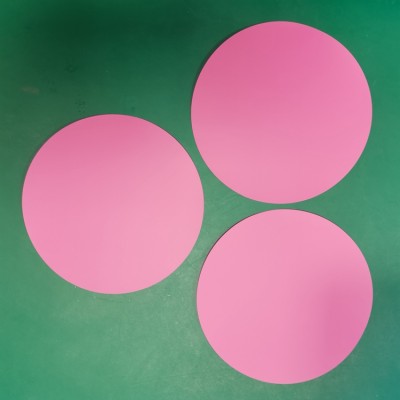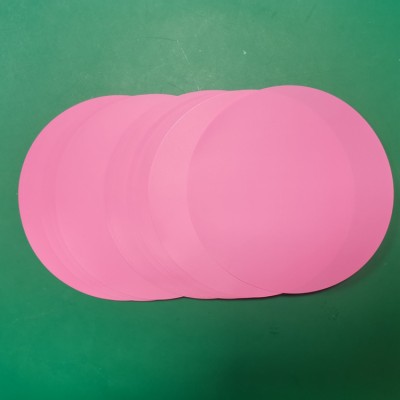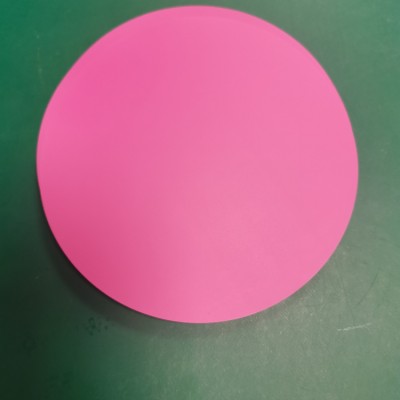






This 3μ (3000 grit) polishing sandpaper is a professional-grade precision abrasive tool designed for achieving a high-quality finish on materials such as metal, plastic, and glass. As the core component of the Polishing Sandpaper Kit, it perfectly adapts to various manual and electric polishing equipment, enabling a full range of finishing processes from rough grinding to mirror polishing.
Product Features
1.Ultra-high-precision polishing
3μm (3000 grit) uniform abrasive distribution
Surface roughness Ra ≤ 0.01μm
Achieve a scratch-free mirror finish
2.Excellent durability
Water-resistant polyester film (PET) backing
Special anti-oxidation coating
50% longer service life than standard sandpaper
3.Wide applicability
Compatible with pneumatic and electric polishing equipment
Wet and dry process
Operating temperature range -20°C to 120°C
Technical Specifications
Parameters: Technical Specifications
Product Model: 3μm Polishing Sandpaper
Grit Size: 3μm (3000 grit)
Standard Size: 230mm x 280mm
Backing Material: Polyester Film
Abrasive Type: Diamond/Aluminum Oxide
Typical Applications
Precision Manufacturing: Molds, Optical Components, Medical Device Polishing
Automotive: Body Paint Repair, Wheel Polishing
Electronics: Semiconductor Wafers, Metal Casing Treatment
DIY Applications: Jewelry Fabrication, Musical Instrument Maintenance, Crafts
Note: This product can be combined with other grit sandpapers to form a complete polishing sandpaper kit to meet different polishing needs.







